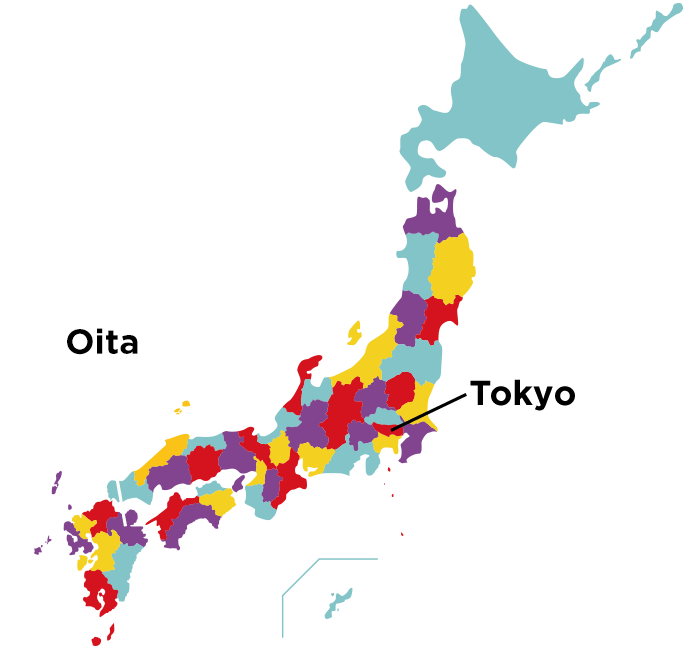Ramen has perhaps surpassed sushi to become the most popular Japanese dish worldwide. Afuri Ramen takes its name from a mountain in Kanagawa Prefecture, Afuri-san, that’s said to the be the father of Mt. Fuji! The yuzu shio ramen here has a light, delicate broth built from a reduction of local chicken and dried fish katsuo-bushi stock combined with dried konbu seaweed and vegetable stock to produce a layered, savory soup with hints of refreshing yuzu citrus. Afuri has gone global, with locations in Portland, California, British Columbia, Singapore and Hong Kong, and many locations are available in Tokyo to satisfy your hunger for downright delicious ramen.
 Amazing Food part2
Amazing Food part2
Tokyo
Afuri Ramen
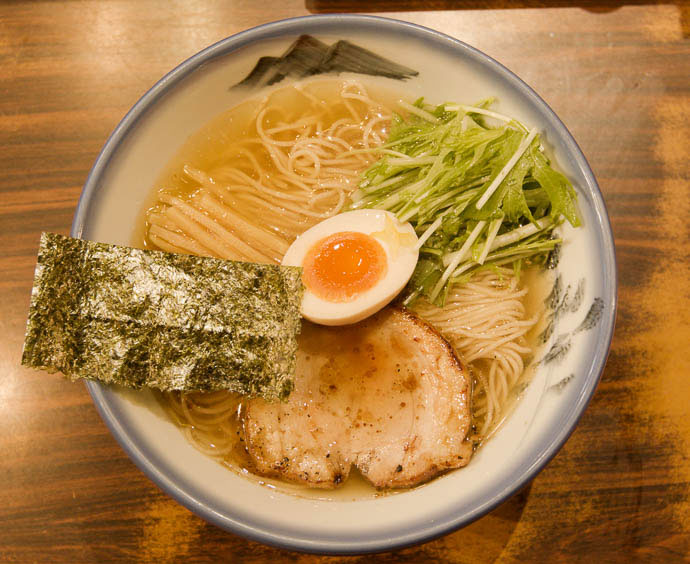
Tai-yaki Dessert at Sharaku
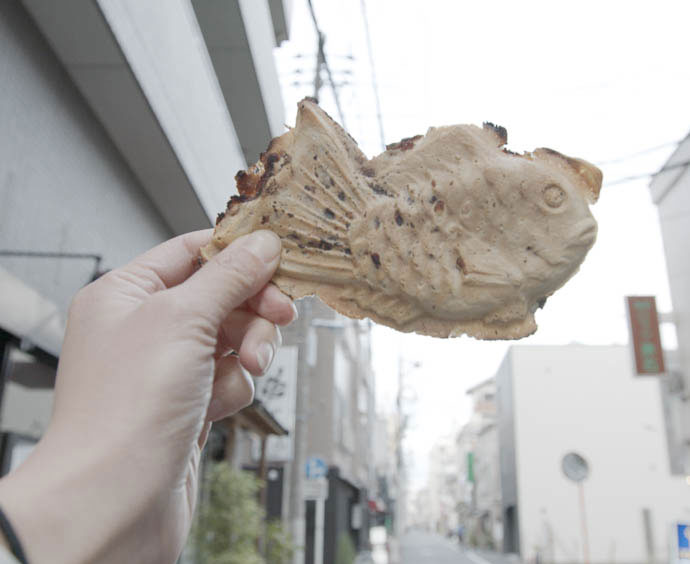
Tai-yaki are perhaps Japan’s most ubiquitous street vendor dessert, sold from small huts almost everywhere across the country. The tai in the name refers to red snapper, which is the shape the dessert comes in. They’re made with a light flour batter that’s poured into a fish-shaped metal mold, which is then heated over a gas flame. The traditional filling is the ever-popular azuki red bean paste, a naturally sweet and delicious ingredient. Today, they’re often available with fillings like cheese, custard and chocolate, too! At Tai-yaki Sharaku in Tokyo’s popular Asakusa district, the dessert is prepared with delicate care using only azuki beans from Hokkaido.
Anmitsu Dessert at Ginza Wakamatsu
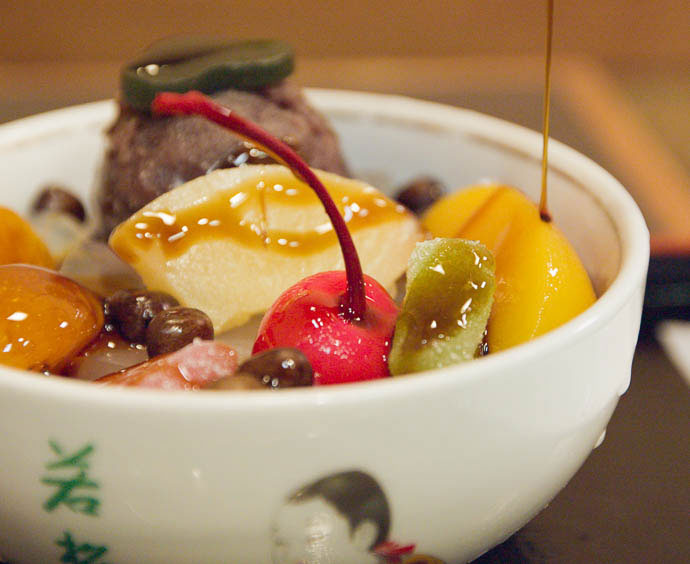
Anmitsu is a Japanese dessert that dates back to the Meiji era. Its main ingredient is small cubes of translucent agar jelly, which is made from red algae. The cubes are served in a bowl with toppings including azuki red bean paste, gyuhi (a form of mochi rice cakes made from glutinous rice) and fruit including peach slices, tangerine sections, pineapple chunks and cherries. At Wakamatsu in Tokyo’s Ginza district, it’s also available in varieties served with vanilla ice cream or apricots. Japanese desserts are often more subtly sweet than those in the West, but they also incorporate more natural sugars, and as such, are relatively guilt free!
Warabi Mochi Dessert at Kurogi
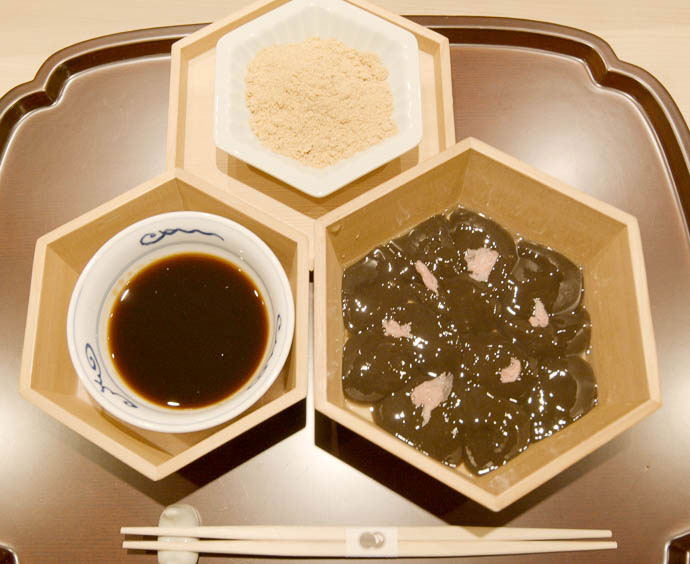
Mochi rice cakes are a staple of Japanese dessert. Although it’s usually made from glutinous rice pounded with a hammer in a stone vessel, mochi can also refer to similar forms of gelatinous desserts made from different ingredients. Warabi Mochi are made from bracken starch and covered in kinako, a nutty and delicious toasted soybean flour, before being dipped in brown sugar, black sesame or green tea syrup. A branch of the traditional kaiseki restaurant Kurogi in Yushima, Tokyo, offers the dessert in a refined space with stunning traditional Japanese aesthetic touches. It’s the perfect place for a visitor to Japan with a sweet tooth or deep culinary curiosity to experience a whole new flavor of dessert.
TREE by NAKED yoyogi park
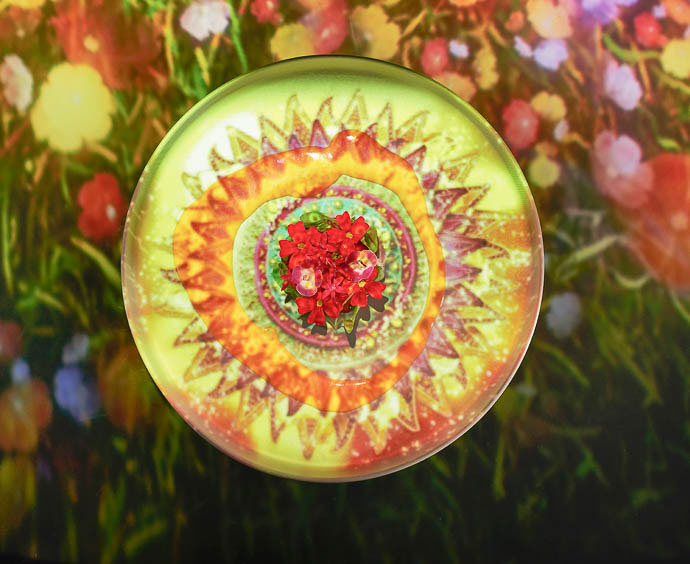
Japanese cuisine flourishes both as rustic, pared-down fare and as elevated, artistic culinary theater. TREE by NAKED is precisely the latter—a meal presented in an aesthetic environment that blurs the line between culinary tradition and technologically assisted artistic flourish. TREE by NAKED is more than attractive plating. The dining experience uses lighting effects and projection mapping in addition to incense and smoke for an elevated artistic presentation that tantalizes all the senses. The overarching concept is “Imbuing life with creativity,” and the course dinner spans different acts—Birth, Spur, Expansion, Phantasm, Unity and Rebirth, each with remarkably distinct ambiance and color selections. The experience is available in Yoyogi Park in Tokyo, and the stunning culinary theater makes for an unforgettable, delicious memory.
Kagawa
Sanuki Udon at Wara-ya
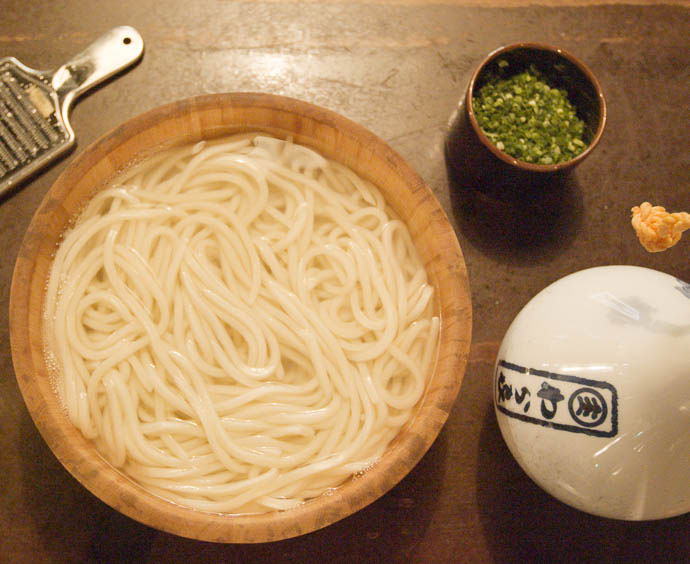
Life’s a bowl of noodles—and there are so many different kinds! In Japan, soba, ramen and udon noodles are all very popular, but in Kagawa Prefecture on the island of Shikoku, udon reigns supreme. The thick, chewy flour noodles are called “Sanuki” udon here after Kagawa’s ancient name. Connoisseurs might opt for the pared-down version that comes with men-tsuyu dipping sauce, green onion and ginger, although options that include thinly sliced beef and toppings like a soft-boiled egg (100 yen extra) can make the resilient noodles even more enticing. At the establishment Wara-ya in Takamatsu, Kagawa, udon is made by hand daily as a showcase of Shikoku culture.
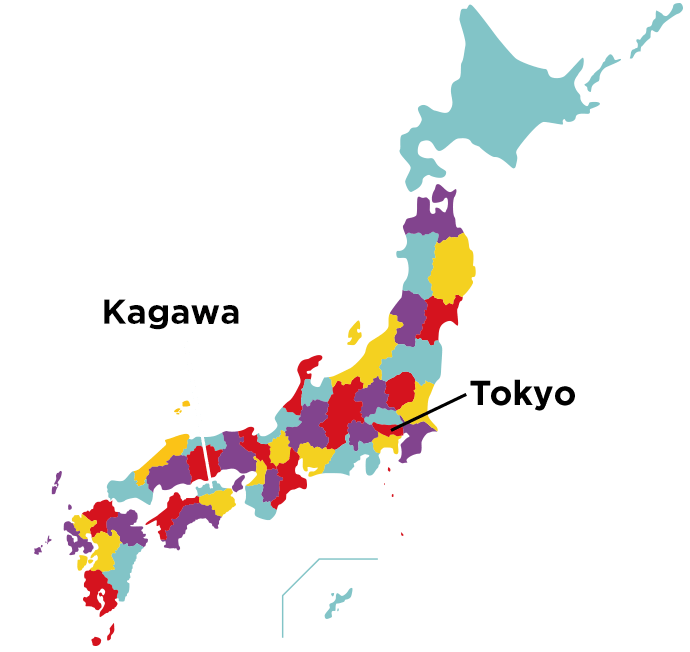
Ehime
Tai-meshi Red Snapper Rice at Goshikiya
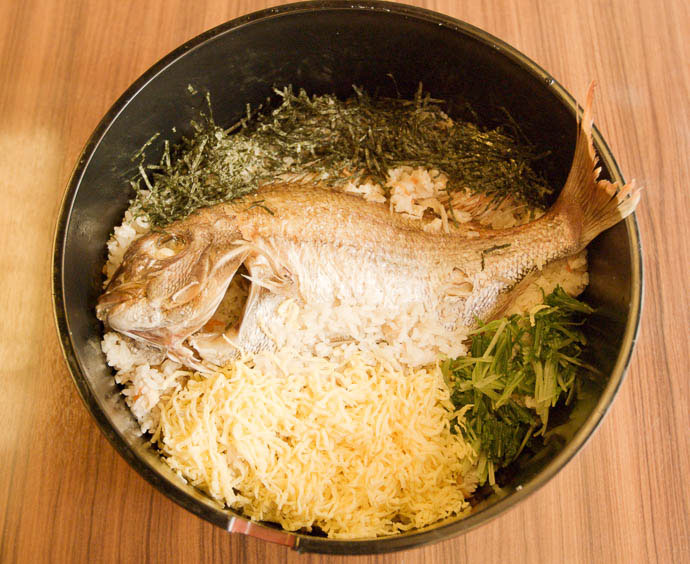
Ehime Prefecture is famous for tai, or sea bream, which is perhaps the most auspicious food in the Japanese culinary universe. Linguistically, it has a direct connotation to ideas of celebration, and the Shinto deity Ebisu, patron of fishermen and tradesmen, holds a fat sea bream in traditional depictions. The fish’s flesh is springy, tender and juicy. At Goshikiya in Matsuyama, Ehime, visitors can enjoy sea bream as sashimi alongside other locally sourced vegetable dishes. The crescendo to a course dinner here is tai-meshi, or freshly steamed sea bream rice. When cooked, the fish has a sweet aroma and luscious texture that matches perfectly with fresh rice. Say it with us: Tabe-tai! (I want some!)
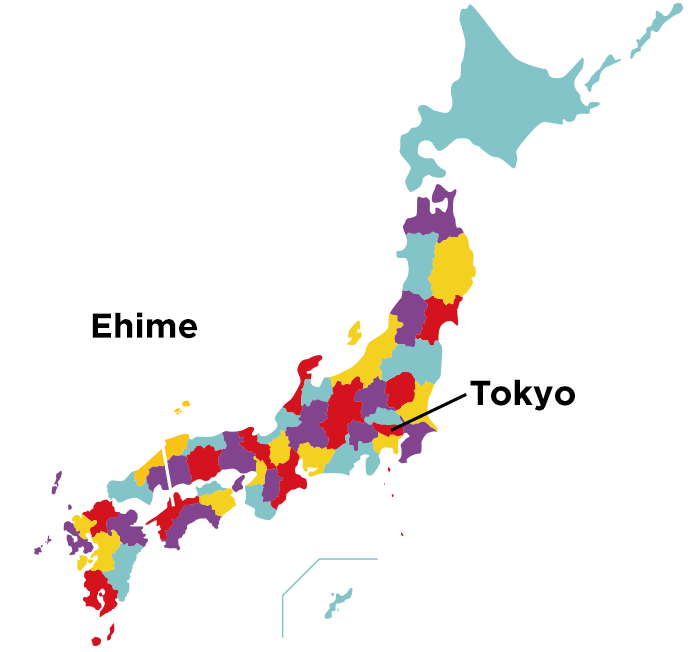
Hiroshima
Okonomiyaki at OKOSTA
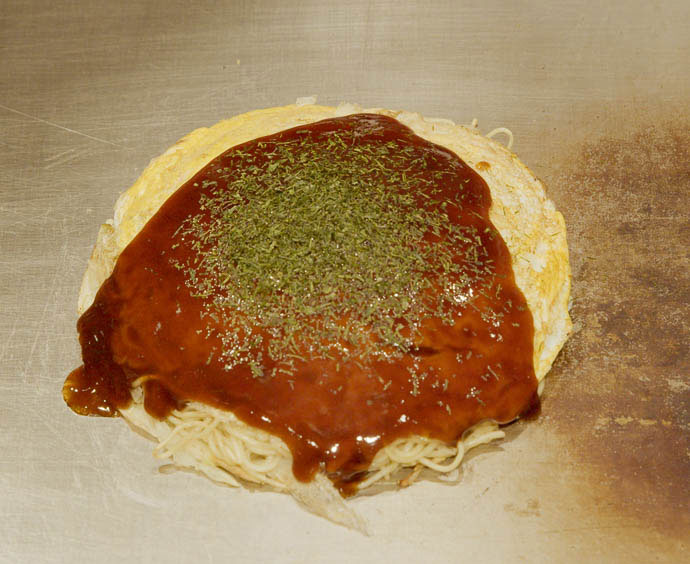
“Have it your way” is the motto behind this delicious and exciting Japanese culinary sensation—okonomiyaki. In Hiroshima, the dish features a thin egg-based crepe draped over a mound of fried cabbage, tempura crisps, green onions, bean sprouts, pork, onions, and yakisoba noodles, along with any toppings you choose—cheese, mochi, oysters, deep fried squid, and more. The sky’s the limit! At OKOSTA in Hiroshima’s city center, visitors can enjoy an okonomiyaki cooking class to learn how to build the tantalizing dish from scratch over a hot griddle, just like the professionals. Vegetarian and Halal options are also available. After perfecting your craft and eating your fill, make sure to visit the gift shop to pick up the necessary ingredients to make the dish again, including okonomiyaki batter and special sauce.
Visit other locations nearby Visit other locations nearby Visit other locations nearby
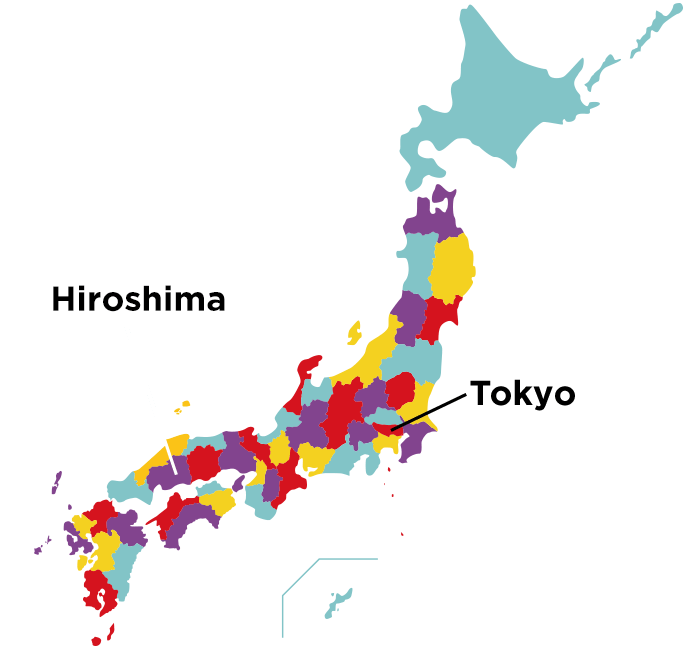
Tottori
Tottori Wagyu Beef at Kyoshotei
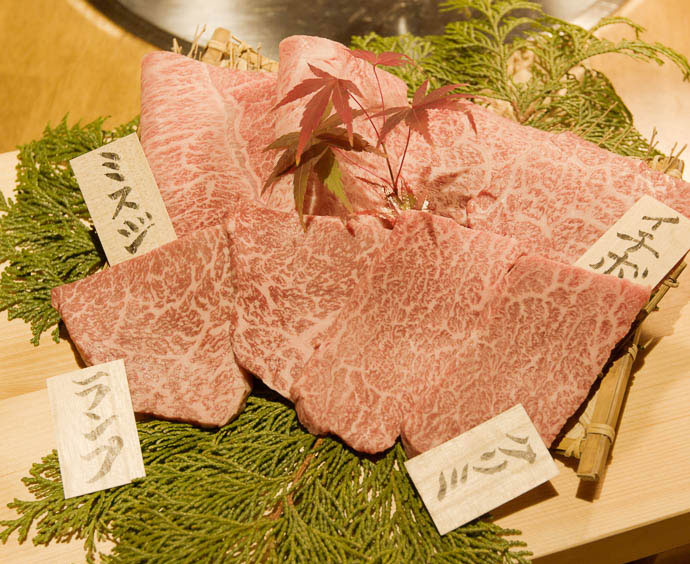
Japanese Wagyu beef has become an international sensation, renowned for its trademark marbling, sweet aroma and melt-in-your-mouth, buttery consistency. Wagyu cattle are raised to particular standards across Japan, with unique feeding regimens according to the local environment. Kyoshotei is a Wagyu specialty restaurant that serves only the highest quality Daisen Kuroushi Wagyu raised on Mt. Daisen in Tottori Prefecture. For an unforgettable culinary experience, they offer a multi-course meal featuring seared beef sushi, suki-yaki, grilled Wagyu and other culturally inspired dishes alongside palate-cleansing ox tail soup, and even homemade tiramisu—all for the reasonable price of 6,800 yen. Kyoshotei’s luxurious bamboo decor creates a tranquil space far removed from the bustle of modern life, ideal for slowly exploring the extraordinary flavor of Japan’s best Wagyu beef.
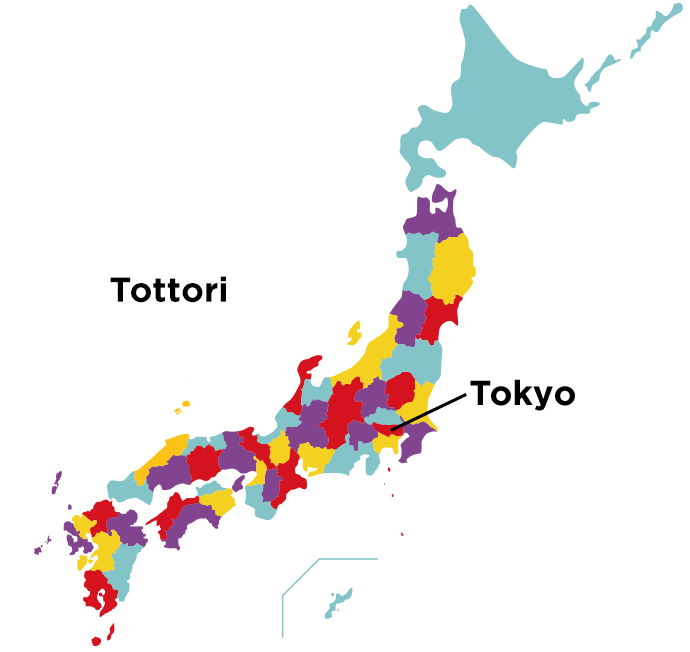
Yamaguchi
Kawara Soba Takase
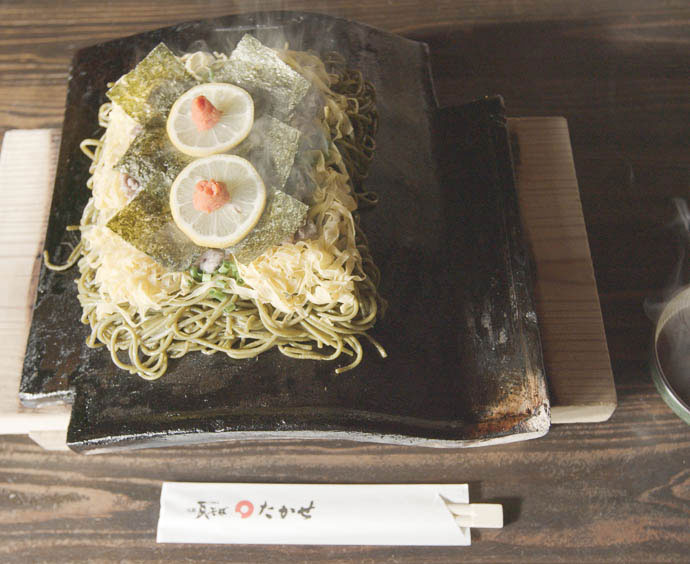
Legend states that Satsuma Domain warriors once used Japanese kawara roof tiles to cook wild vegetables and meat after laying siege to Kumamoto Castle in 1877. Today, the founder of Kawara Soba Takase in Yamaguchi Prefecture has taken this historical tale and established a modern dish of soba noodles fried on kawara tiles with green tea-flavored soba noodles, beef, thinly sliced egg, seaweed, grated daikon and red chili, with a slice of lemon. The tiles retain heat quite well and keep the noodles warm, while also crisping up the bottom, making for crunchy, delicious bites! Takase also offers a popular dish of unagi, or freshwater eel, over rice with savory-sweet teriyaki sauce, alongside a full kaiseki and à la carte menu. Lay siege to kawara soba and more delicious fare on your visit to Yamaguchi Prefecture!
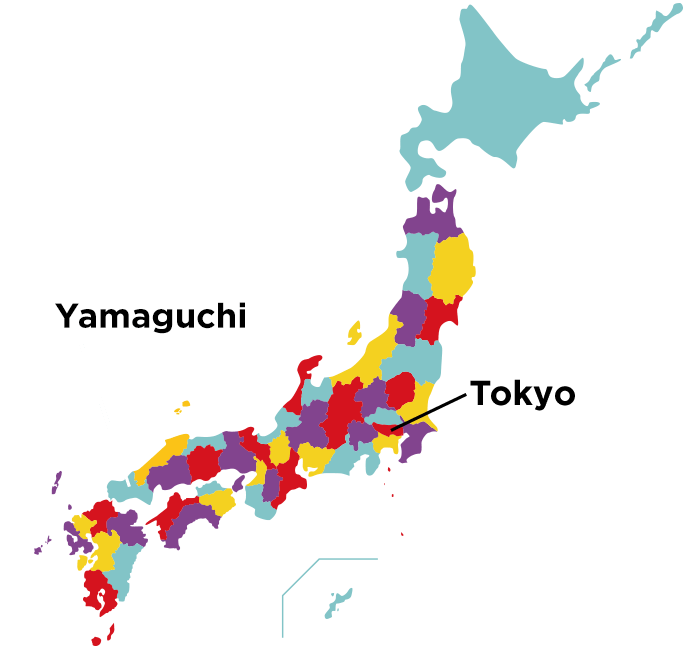
Saga
Turbo Sazae and Abalone at Hado Cape
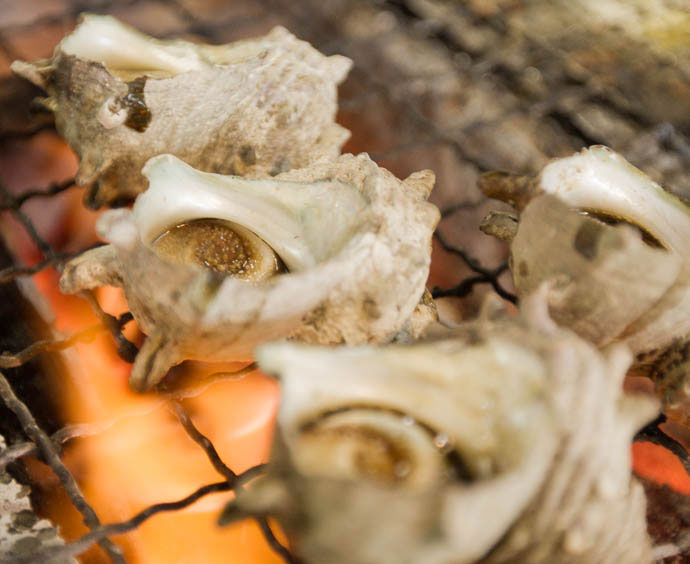
Japan is seafood paradise, and Hado Cape on the coast of Saga Prefecture in Southern Japan is no exception. The turbo sazae sea snails native to the region are in season from March to July, alongside fresh abalone from July to August. Vendors selling the two ocean delicacies are everywhere along the cape, and visitors can enjoy them fresh off the charcoal BBQ. While turbo sazae are generally grilled or boiled in their own shells, abalone can also be served steamed, salted, boiled, chopped, or simmered in soy sauce. Visit Saga, far off the beaten tourist trail, and you might find a new culinary obsession in the form of these rare delicacies.
Opening hours vary according to the season, as below.
Mid-March–October: 9 AM–6 PM
November–Mid-March: 9:30 AM–5 PM
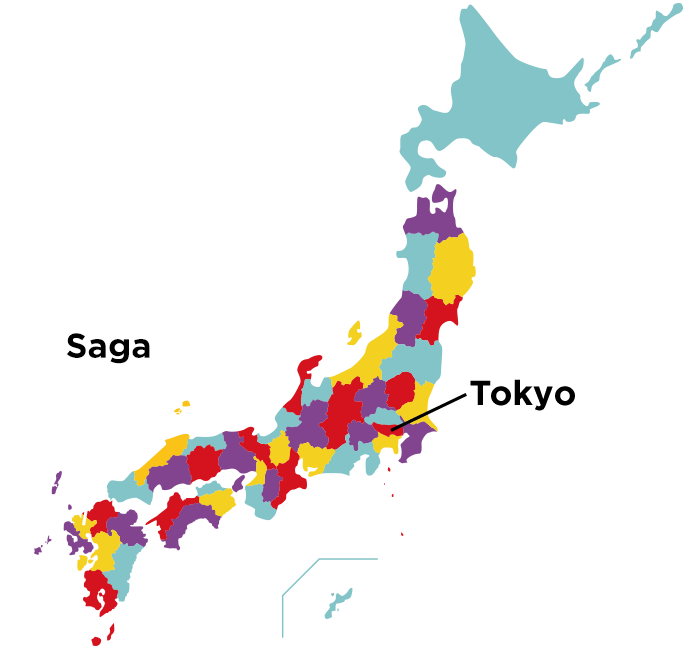
Oita
Jigoku Mushi Natural Steam Cuisine at Hyotan Onsen
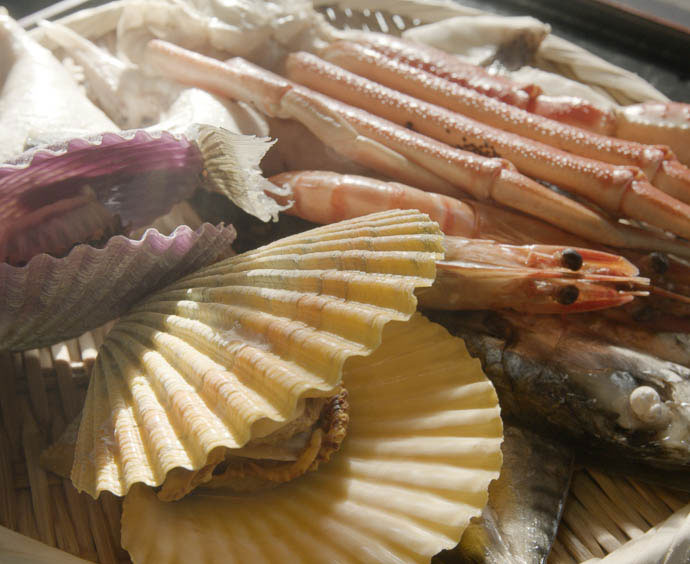
The city of Beppu in Oita Prefecture in Southern Japan has the highest volume of hot spring water output in Japan. Locals call the hot springs jigoku, which refers to the netherworld from which they spring forth underground. At the Hyotan Onsen hot springs facility, visitors can enjoy many different refreshing ways to soak, including hot sand baths, waterfall baths, steam baths and open-air baths. Also, the facility offers an incredible culinary experience using natural jigoku steam from the hot springs to steam cook a number of exciting dishes, including a huge bounty of seafood with jumbo prawns, scallops, dried mackerel and crab legs, or a whole steamed chicken stuffed with vegetables. Come for a refreshing soak and stay for a unique Japanese culinary experience at Hyotan Onsen.
